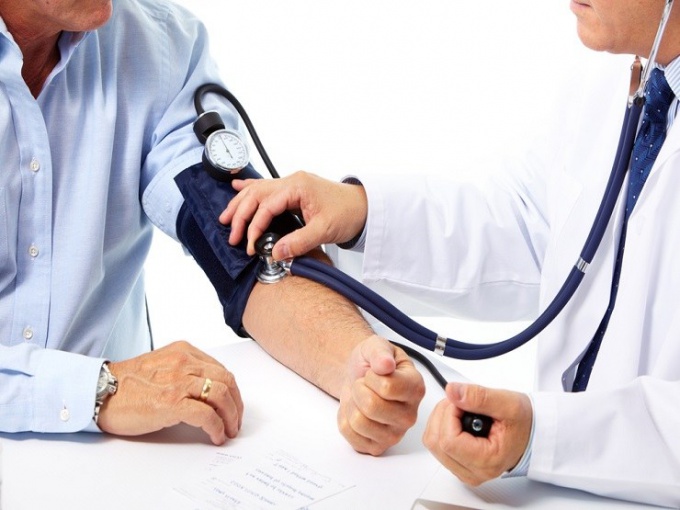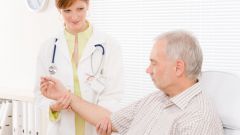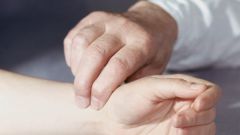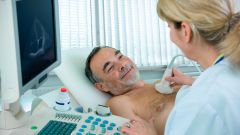Heart rate and age
Pulse rate is dependent on heart rate, causing fluctuations of the arterial walls. Because these fluctuations are due to a measurable difference between the upper and lower blood pressure which normally is about 40 mm Hg, it is easy to feel, pressing artery finger. The most affordable point at which the palpable pulse is the inner side of the wrist, which runs the radial artery.
Heart rate oscillations is not constant and depends on many factors beyond any complex calculations and formulas. The norm of pulse, each person has their own and it will not be the same, even two people of the same age with the same other conditions. It depends on the individual, circumstances, location and also age. The older a person is, the less it reduces the heart and pulse beats.
The adult average people without heart problems, the frequency of resting pulse is 70-80 beats per minute. For a newborn, this figure normally is 140 beats/min at age 1 year - 130 beats/min. To 2 years the pulse slows to 100 BPM by 7 – up to BPM to 14 years - 80 beats/min. In old age the human being becomes less and in 75 years, the norm can be considered 65-70 beats/min.
After 60 years, should give up alcohol, Smoking and too fatty, spicy and abundant food, which provoke acceleration of heart rate and cause accelerated aging.
Control pulse
The main criterion standards of heart rate at any age is health, if you do not feel discomfort, it means your heart is beating in the usual rhythm. But do not ignore variability that can be symptoms of many serious diseases. Thus, the increase or decrease in your usual rhythm can be a symptom of ischemic heart disease, atherosclerosis, atrial fibrillation.
In the elderly with coronary heart disease increase in heart rate to 85 beats per minute significantly increases the risk of sudden death.
Continuous monitoring of heart rate is particularly important for the elderly who are aged 70 years or more. Sudden unwarranted slowing or increased heart rate is a reason as soon as possible to contact their physician or cardiologist, best of all, already having the electrocardiogram.
4. the percentage of 5. credit



